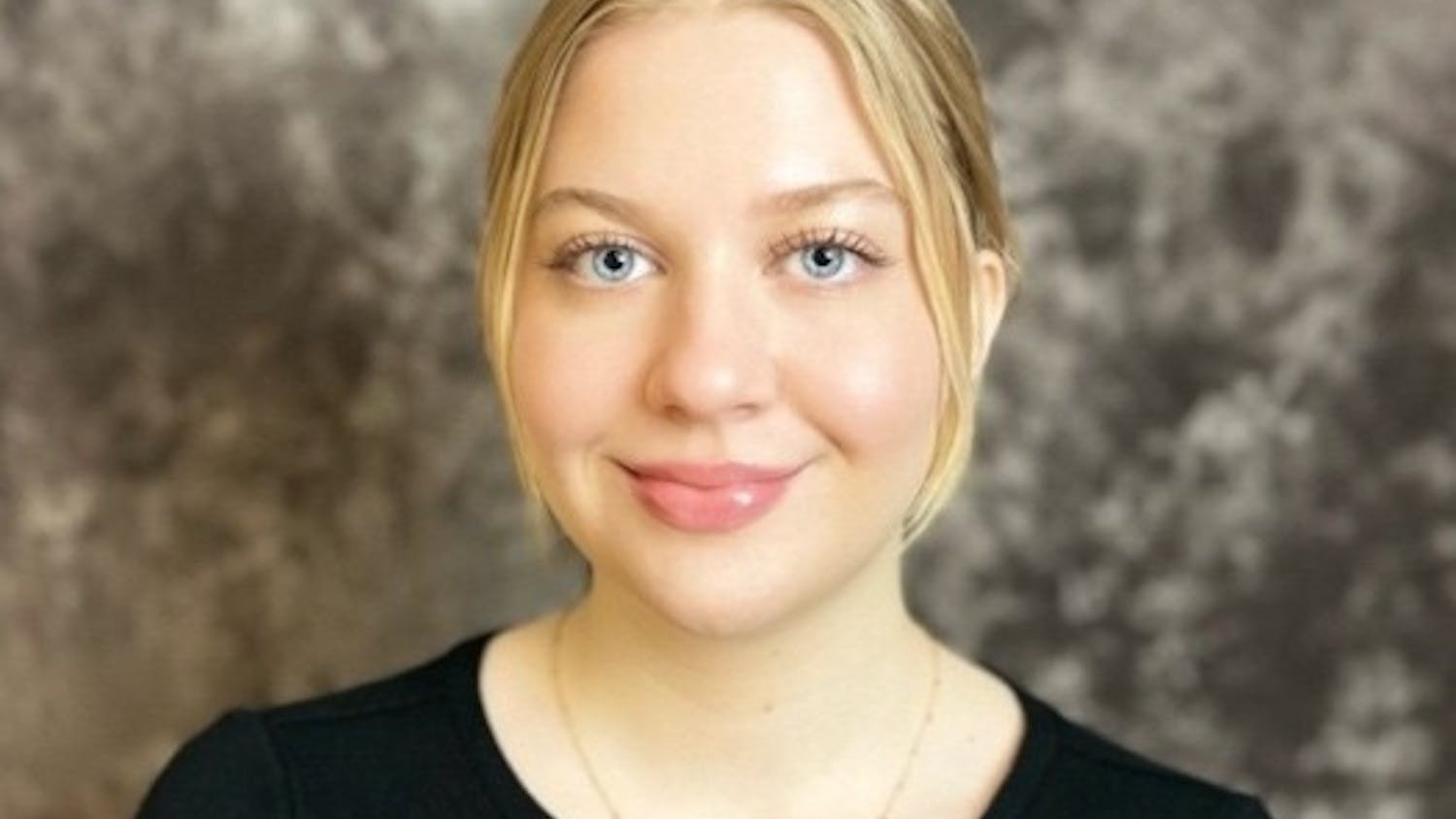UB’s football team is just starting to find its footing, as the program has managed to string together several seasons of improved play and increased ticket sales.
But that success must be sustained to make the university’s multimillion-dollar investment worthwhile.
In 2013, UB spent $6,699,385 on its football program. Of all UB’s athletic programs, football receives the most monetary support – but it also brings in the most revenue.
Because 62 percent of the program’s income comes directly from the university through student fees and institutional support, the team was able to break even financially.
As a team in the Mid-American Conference without high-paying television contracts like schools in the larger conferences known as the Power Five, UB faces the challenge of maintaining – and justifying – a football program that is barely self-sufficient.
It’s a dilemma that vexes other schools in positions similar to UB.
These universities aren’t in the powerful conferences like the Southeastern Conference (SEC) or the Big 12, but instead compete in smaller conferences that pay to play Division I football without much external support outside the university.
And for some of these schools – like the University of Alabama at Birmingham, which cut its football program last year – the cost is just too great.
Right now, UB is far from making such a drastic move.
Despite the financial challenges, football is at the heart of Athletic Director Danny White’s “big-time” plans for UB Athletics – a school without a football team simply would not be able to maintain a competitive athletic reputation.
But as long as UB continues to pour money into the football program, it’s critical that this funding produces results.
The team needs to continue its upward rise, proving the Bulls are competitive enough to have a shot at beating high profile teams.
Ticket sales need to continue to improve and students don’t attend games when the team is losing. At the end of the next year when senior quarterback Joe Licata graduates, his popularity will no longer help to draw in crowds, and the team needs to have a streak of winning seasons to continue to fill the stands.
And in order to maintain a better than mediocre team, UB needs to be able to recruit players who can make a difference.
With the athletics program paying $42,482 in support per athlete – compared to around $5,000 spent by schools in the SEC and Big 12 – it’s critical the players coming to UB have the potential to help their team win.
Successful recruitment hinges on UB’s ability to outshine other similarly ranked programs, which makes it even more pressing that UB build a field house – a project which has loomed as a priority at UB for years.
A field house would allow the football team as well other outdoor sports teams to practice indoors during poor weather. Considering that Buffalo is blanketed in snow for close to half the year, this facility is a necessity.
Completing this project would also help UB catch up to other MAC programs that already have these sorts of facilities to attract potential players.
UB has to be able to keep up with schools in its own conference, even as White strives to prove that the Bulls can compete with teams in the Power Five.
The Editorial Board can be reached at editorial@ubspectrum.com




